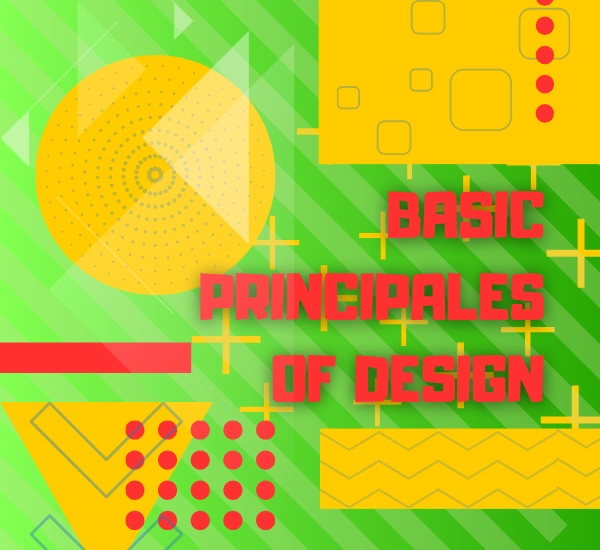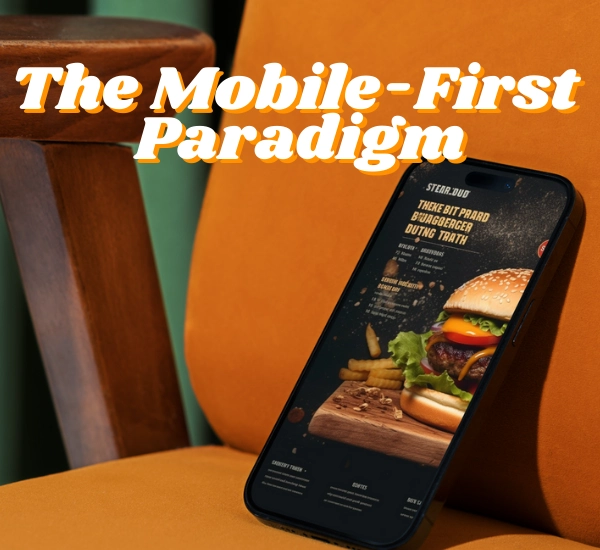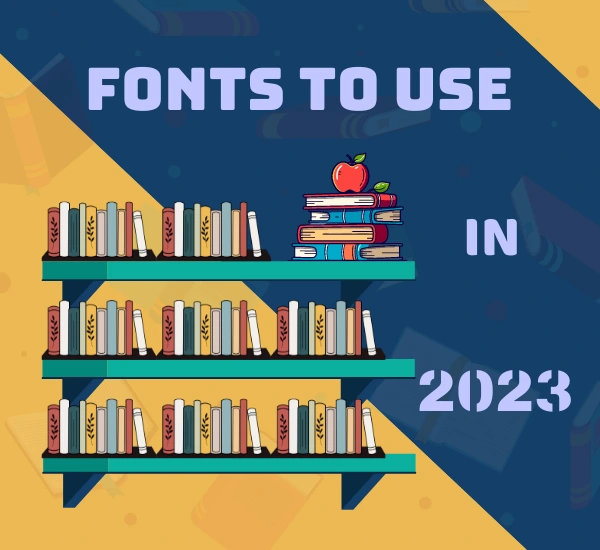
User-Centered Design (UCD): A Comprehensive Guide
Introduction
User-Centered Design (UCD) is not merely a trend; it’s a fundamental approach that has revolutionized the way products and services are designed. At its core, UCD is all about prioritizing the needs, preferences, and experiences of the end-users throughout the entire design process.
Principles of User-Centered Design
- User Empathy: The cornerstone of UCD is understanding your users on a deep level. This involves conducting user research, surveys, and interviews to gain insights into their behaviors, goals, and pain points. The better you know your users, the more effectively you can design for them.
- Iterative Design: UCD is an iterative process. It acknowledges that the initial design is rarely perfect. Instead, it encourages designers to continuously refine and improve their designs based on real user feedback and evolving project requirements.
- Usability: Usability is paramount in UCD. To create a user-centered design, focus on making your product or interface as easy to use as possible. Employ clear navigation, intuitive interfaces, and aim to minimize cognitive load for your users.
- Flexibility: Designing projects that allow users to customize settings to their individual needs is an essential aspect of UCD. Flexibility in design is a feature that can increase user satisfaction.
- Value Delivery: Every element in a design should deliver value to users. Eliminate unnecessary features or elements that do not benefit users to simplify the interface and processes.
- Contextual Focus: Designing with consideration for the context of use is crucial. This means understanding where and how users will interact with the product, which can influence the design.
- Accessibility: UCD insists on inclusivity. Ensure that your design is accessible to everyone, including individuals with disabilities. Adhering to accessibility standards such as WCAG (Web Content Accessibility Guidelines) is essential to accommodate diverse user needs.
- Consistency: Consistency in design is key to a positive user experience. Maintain a uniform design language and consistent user interface elements across your product. This consistency helps users feel familiar with and confident in your design.
Best Practices in UCD
- User Personas: Develop detailed user personas that represent your target audience. User personas help designers personify their users, enabling them to empathize with their goals and behaviors effectively.
- User Testing: Regularly test your designs with actual users throughout the design process. This practice helps uncover usability issues, identify pain points, and validate design decisions. It also facilitates course correction when necessary.
- Prototyping: Create interactive prototypes to simulate user interactions with your design. Prototypes serve as valuable tools for testing and refining design concepts before investing in full development.
- Feedback Loops: Establish clear channels for users to provide feedback and suggestions. Act on this feedback promptly, demonstrating to users that their opinions matter and that you are dedicated to improving their experience.
Examples of User-Centered Design
- Apple: Apple’s products, such as the iPhone and MacBook, are celebrated for their user-centric approach. Their intuitive interfaces, attention to detail, and seamless integration of hardware and software make technology accessible to a broad audience.
- Airbnb: Airbnb’s design places the user experience at its forefront. From browsing listings to booking accommodations, the platform prioritizes ease of use and visually appealing design, creating a memorable user journey.
- Google Search: Google’s minimalist homepage and powerful search engine epitomize user-centered design. The focus is on providing users with the information they need quickly and efficiently, with a clean and distraction-free interface.
Conclusion
User-Centered Design is not just a design methodology; it’s a mindset that fosters a deep connection between users and the products or services they interact with. By consistently applying the principles and best practices of UCD, you can create products that resonate with users, drive user satisfaction, and ultimately achieve success in today’s competitive market.
In a world where user experience can make or break a product, embracing UCD is not only a choice but a necessity. Incorporate user feedback, prioritize usability and accessibility, and maintain consistency in your designs. By doing so, you’ll be well on your way to creating exceptional user experiences and products that users love.





















